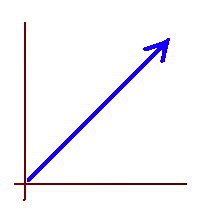Some helpful key concepts
Probability problems describe a random experiment and some specific event its probability you are asked to calculate.
The probability of the event is a fraction, a positive fraction between 0 and 1. This fraction is a smaller number divided by a bigger number.
The big number at the bottom of the fraction is the total number of all possible outcomes of the experiment, everything that can possibly happen in the experiment.
The small number at the top of the fraction is the count of exactly how many ways the very specific event we are interested in can come to happen.
Usually two different counting techniques are needed, one for calculating the big count, the denominator; and another for finding the smaller count, the numerator.
It is a good idea for GMAT or GRE test takers to learn well a formula called “the probability distribution of a binomial random variable.”
I know the name is quite a mouthful but go by this example:
A 60% heads, 40% tails biased coin is tossed 20 times.
The total number of times the coin lands “heads” is represented by X, and is called “the random variable” in this experiment.
The “number of trials” is represented by n, and it equals 20 in the above example.
The “probability of success” at each individual trial is represented by p, and it equals 60% in this example.
The “probability of failure” at each individual trial is represented by q, and it equals 40% in this example.
There is an established formula for calculating the probability that the number X will equal each integer value from 0 to n (0 to 20 in this example). You want to memorize said formula and get enough practice applying it until you feel quite comfortable using it in various situations.
Golden iteration
-
The expression converges to the golden ratio φ. Another way to say this is
that the sequence defined by x0 = 1 and for n > 0 converges to φ. This post
wi...
1 day ago




